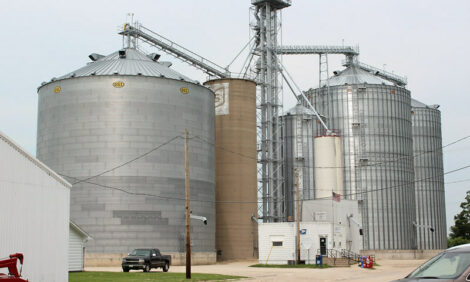



The Fine Science Of Beef Flavour
CENTENNIAL — When a consumer sits down for a beef meal, there’s a lot more going on inside that steak or burger than meets the eye. Beef’s terrific taste and signature aroma are compliments of a variety of chemical compounds at work in the meat that interact with the human senses and stimulate a response that is perceived by the brain.A new, checkoff-funded technical report reviews the process in The Chemistry of Beef Flavor, prepared by M. Susan Brewer, Ph.D., a professor in the food science and human nutrition department at the University of Illinois.
Raw meat has little aroma and only a blood-like taste. Heat, an animal’s diet, aging, enhancements such as brine injections and even the type of beef muscle are factors that combine in chemical reactions to produce the distinctive sensory experience that beef brings. Conversely, the same process can cause off-flavors in beef.
“Flavor has been identified as a very important part of consumer satisfaction when they enjoy beef. Because flavor is a demand driver, the beef industry must utilize all the management practices and product enhancements that improve flavor and generate greater demand for beef,” said Bill Rishel, a Nebraska producer and chairman of the Joint Product Enhancement Research Committee.
For more information or to read the entire report, visit www.beefresearch.org
TheCattleSite News Desk


